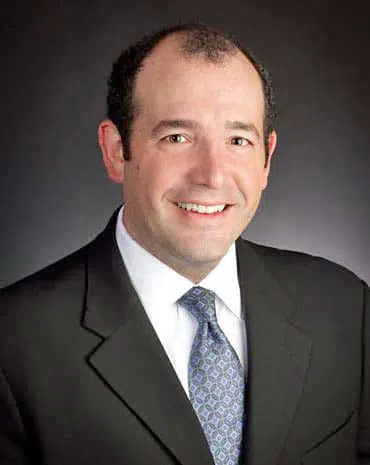As the payment-facilitator model matures, hundreds of thousands of fintech and software-as-a-service (SaaS) companies worldwide are realizing they can provide a better customer experience and increase revenues and valuation by becoming a payment facilitator (PF). We’re seeing companies spanning every imaginable software vertical take over their payments business.
Companies like Mindbody in wellness, Toast in restaurants, Instamed and Phreesia in health care, and countless others are delivering better results to their investors by becoming a PF. Naturally, more investors are pushing their portfolio companies towards this gold mine every day, because it’s a proven way to achieve the results their boards are demanding.
When pioneering PF customers like Stripe began to emerge in 2011, we received a call from Shopify, which wanted to monetize its payments operation. At the time, Shopify was a private company that had completed its Series B financing and was serving 20,000 stores, but had very little, if any, payments revenue. Today the majority of Shopify’s multibillion-dollar annual revenue comes from its payments business.

In those days, there were significant obstacles that dissuaded all but the most bleeding-edge software companies from becoming a PF, but now those barriers are crumbling. In 2011, there were only a few banks and processors who could support payment facilitators. Today the majority support it. Back then, a PF had to spend a year or more building the required technology stack. Today, there are software platforms and API stacks that take all the heavy lifting out of the equation. Eight years ago, a software company struggled to find the needle-in-a-haystack ops employee with the requisite payments knowledge. Today, there are services organizations that “teach them how to fish.”
Matt Doka, co-founder and chief technology officer at Fivestars, explains, “By using a payment-facilitator platform that manages our whole payments operation, from onboarding to merchant dashboards to fee collection and beyond, it only took one full-time employee to go live and one full-time employee for underwriting and risk. And we maintain the flexibility to provide our full solution while using the client’s pre-existing merchant account, should they choose. That’s the power of this new generation of back- office payfac platforms.”
As software eats the world, payments will also be devoured across all verticals. Currently there are at least 250,000 software companies around the world that have the potential to become electronic payments companies. We expect a large percentage will do just that—especially as it gets easier and easier to do so. As PFs enter into developing countries, they bring new opportunities for economic expansion. It’s a win for the payment facilitator, customer, end users, and economy. That makes it an opportunity that is impossible to resist.
In the next eight years payments volume is expected to grow by over $55 trillion, and the vast majority of the growth will be controlled by software companies. So ready yourself to profit from the trend—or stand by and watch as software eats the payments world.
—Todd M. Ablowitz is cofounder and co-chief executive at Infinicept.





